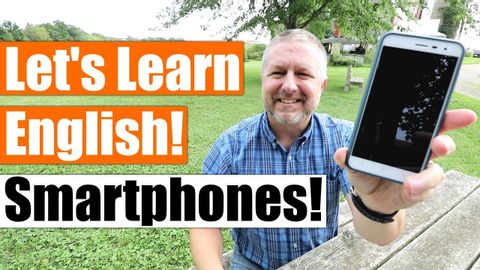
字幕と単語
スマートフォンについて英語で話す方法を学ぶ (Learn How To Talk About Smartphones In English)
00
徐先生 が 2021 年 01 月 14 日 に投稿保存
動画の中の単語
charge
US /tʃɑrdʒ/
・
UK /tʃɑ:dʒ/
- v.t./i.突撃する;請求する;充電する;責任を課す;告訴する
- n. (c./u.)突撃;請求料金;電荷;料金;責任;指示;熱意;告訴
A2 初級
もっと見る エネルギーを使用
すべての単語を解除
発音・解説・フィルター機能を解除
